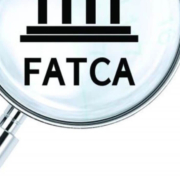Modern Slavery
Course Description
Modern slavery can affect any country; the United Nations estimates there are more than 40 million victims of modern slavery worldwide. Modern slavery can occur in any sector or industry, and at any point in a supply chain. High-risk industries include fashion, agriculture, hospitality, construction, electronics and extractives. The risk of modern slavery occurring in supply chains increases for organisations that have extensive, complex or global supply chains.
This three-module course covers what modern slavery is, its prevalence in supply chains, and how its use can most effectively be prevented by organisations. Both modules contain practical scenarios relating to issues affecting organisations with modern slavery in their supply chains. These scenarios equip staff to identify and take steps to prevent modern slavery from occurring in their supply chains.
Who is this training for?
This training is suitable for a wide variety of staff including those working in procurement, compliance or risk roles as well as those working in a front-line capacity.
Course Outline
- Module 1: Introduction to the prevention of modern slavery
- Module 2: Preventing the use of modern slavery in supply chains
- Module 3: Australia-wide modern slavery laws









